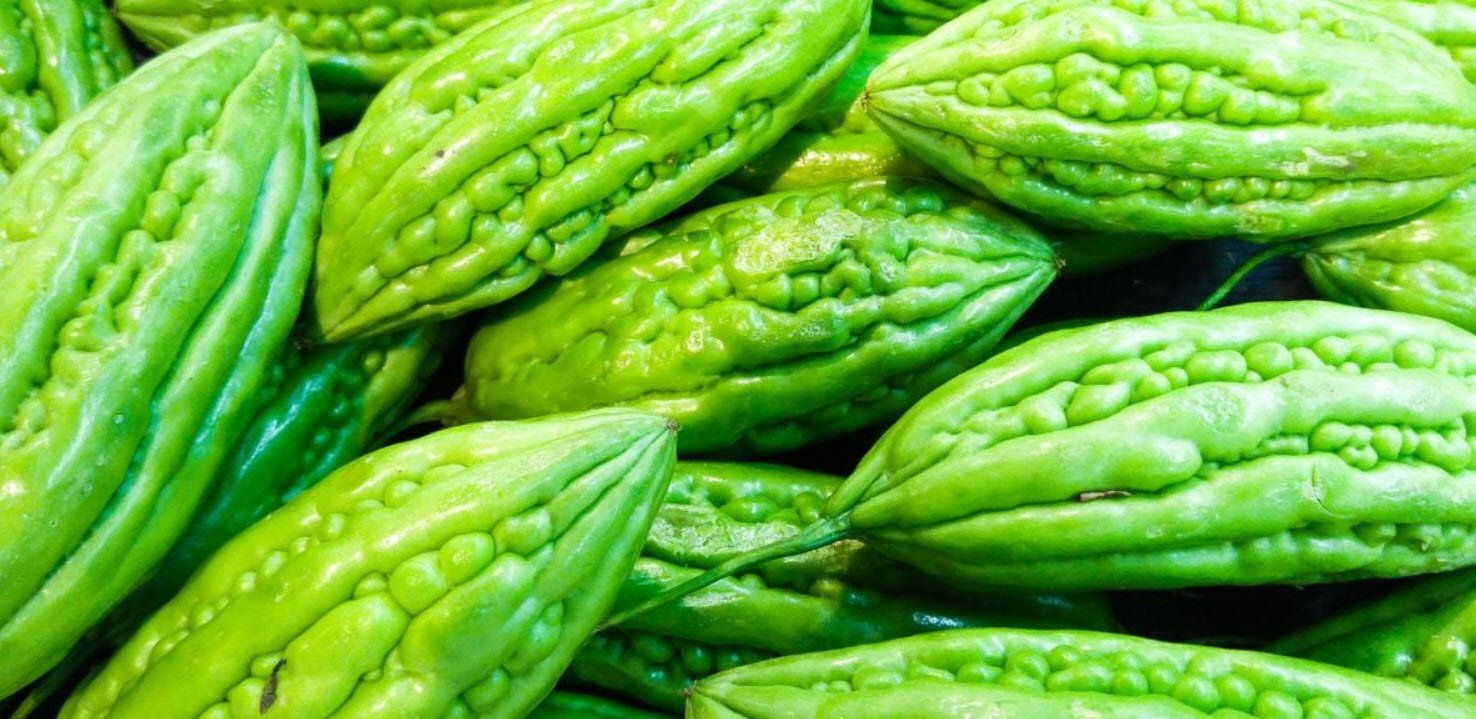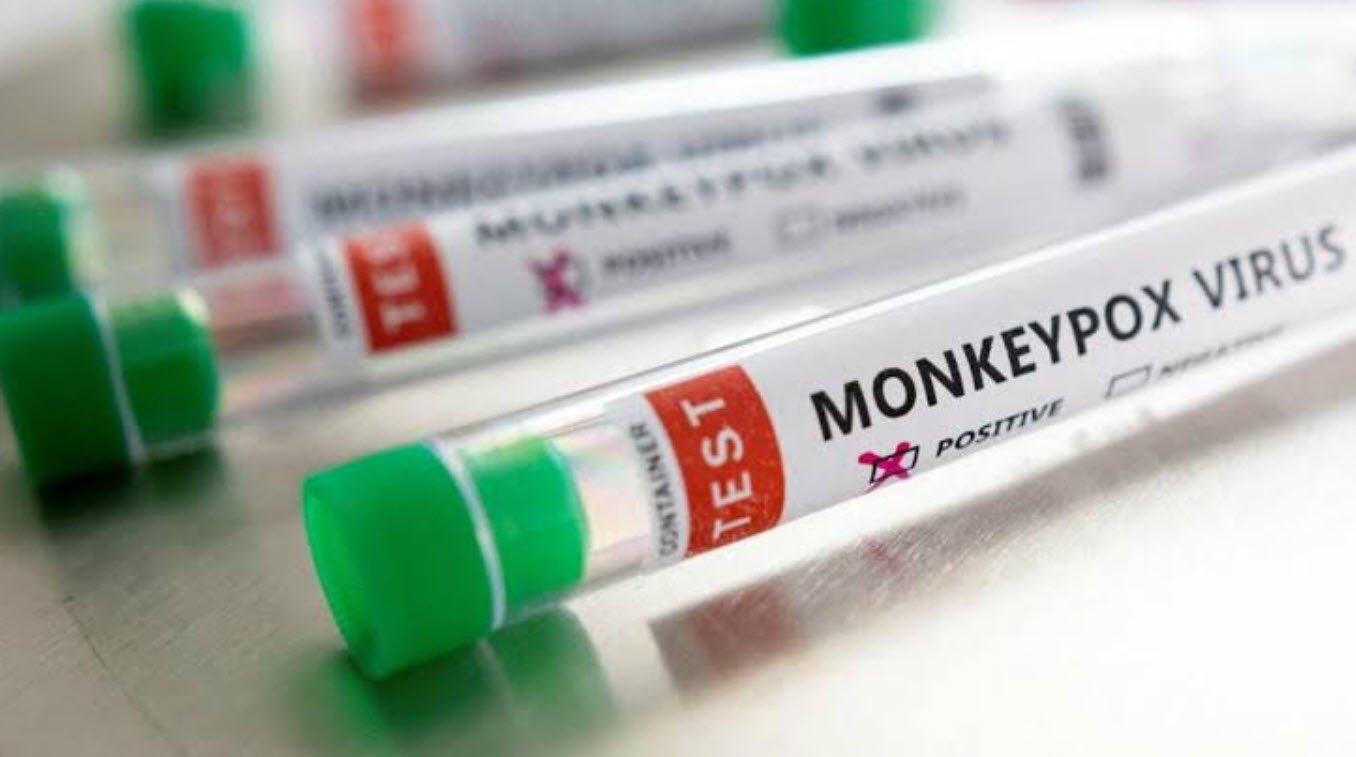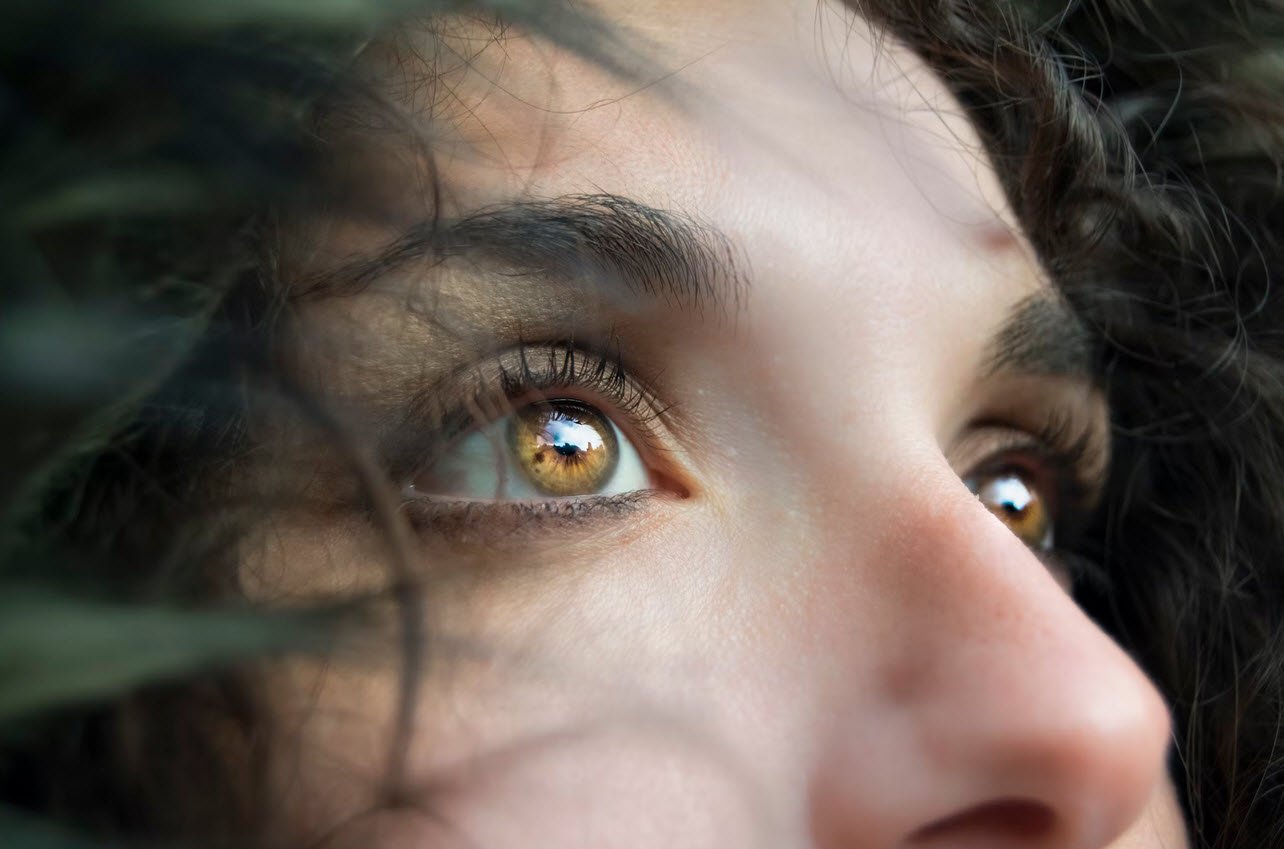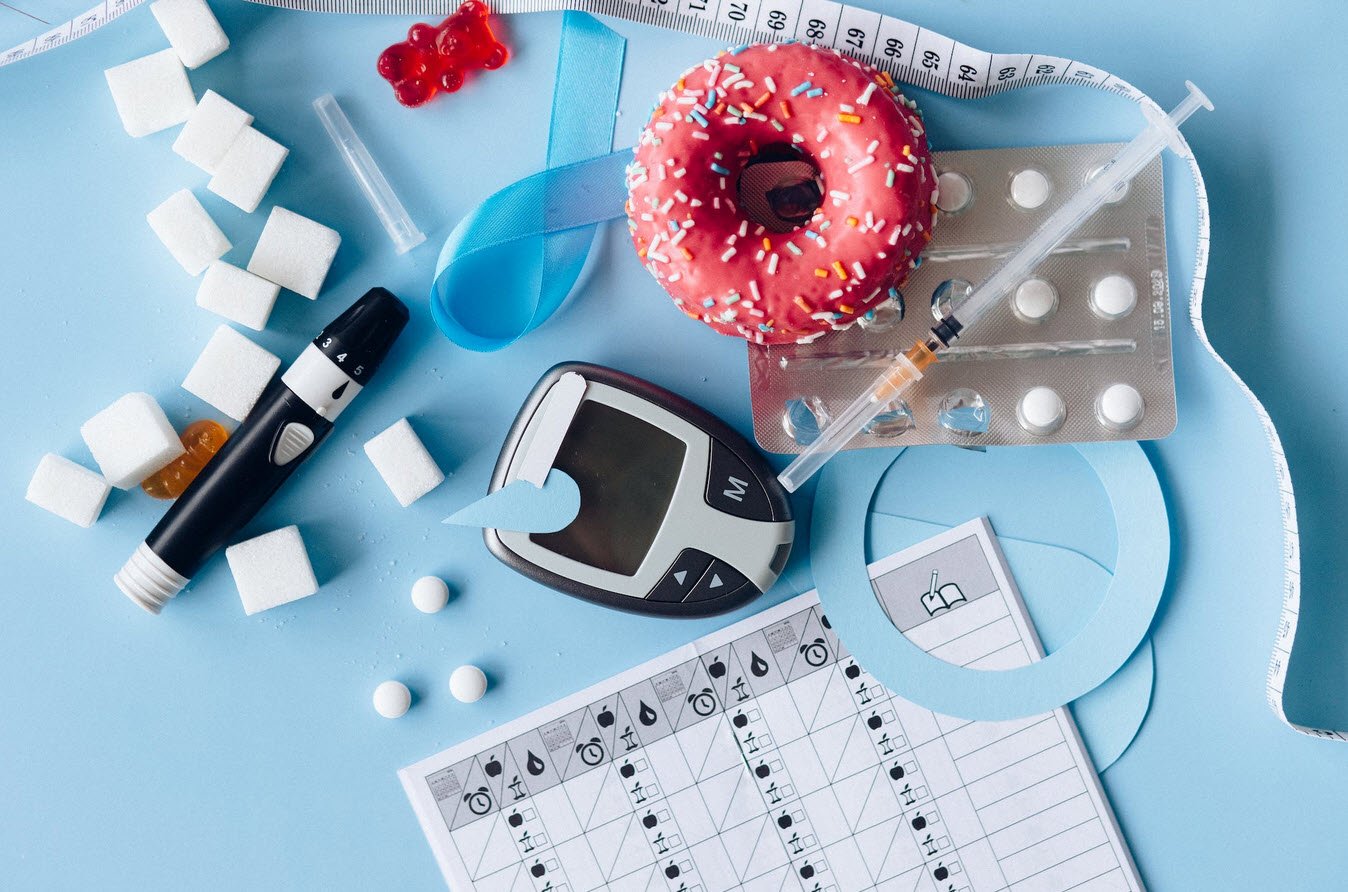
One of the most serious gastrointestinal illnesses is cholera. It is a dangerous condition that affects the small bowel’s lower portion. It is a waterborne illness that is widespread during the monsoon season. This condition has a significant death rate.
The illness comes on suddenly, flooding the digestive tract with bacilli that quickly decompose and leaving the patient either alive or dead.
It strikes as an epidemic, wreaking destruction, but it rapidly passes through the area. Those who are vulnerable to it are swept away, while those who survive are immune to it. So, two or three years pass before a community is revisited after an epidemic in a non-epidemic area.
Also Read: Haiti cholera outbreak worsens as cases rise
Bengal, in India, is where cholera first appeared. Throughout the 19th century, it spread from this nation via the trade routes in a series of epidemics. In 1817, it reached Astrakhan in Russia as well as Japan. In 1826, the sickness reached Moscow; in 1831, Berlin; and in 1832, London and Paris. It then spread to Canada and a number of European nations. Cholera had, however, vanished from Europe by 1895.
Symptoms
There are three stages to cholera’s onset. The patient initially experiences minor diarrhea and nausea, which quickly get worse. The motions become watery and devoid of feces. Due to a lack of salts, the patient experiences acute cramps in the muscles of the belly and limbs. The temperature rises, but the pulse is weak and the skin is often chilly and bluish.
Drinking water to alleviate thirst further dilutes the body’s salt content and exacerbates cramping. The body cools down during the second stage of collapse, and the skin turns dry, wrinkly, and purple.
Urine looks dark and has less or no formation, and the voice becomes husky and weak. The patient could pass away as soon as 24 hours following the onset of the symptoms during this “algid” stage.
In the third stage, recovery usually happens. The fluid loss declines, all the changes seem to reverse themselves, and the overall health is getting better. Even at this point, the patient could experience a recurrence or develop a condition similar to typhoid fever.
Over the course of two or three weeks, the illness could get worse. The temperature may increase and the patient may become at risk for pneumonia during this phase of the reaction.
Causes
The vibrio cholera germ, which is small, curved, and rod-shaped, is what causes cholera. This microorganism releases a potent poison, called endotoxin. It spreads through polluted water and flies. However, the poisonous and devitalized state of the system brought on by improper dietary habits and a bad way of life is the true cause of sickness. The presence of cholera bacteria is made easier by this circumstance.
Treatment
The initial goal of the treatment should be to stop the body’s loss of fluid and salt. Water, soda water, or green coconut water should be offered for sipping to quench thirst, albeit this could be vomited out. Only modest amounts of water should be administered repeatedly since they may stay in the stomach for a while and a stay of even one minute results in some absorption.
For sucking, ice may be administered. By doing so, you’ll lower your body’s warmth and lessen your inclination to throw up. To make up for the body’s salt and fluid loss, intravenous saline infusions should be administered. The patient can need five or more litres each day. However, care should be exercised to prevent waterlogging the patient.
The injected solution may be given a potassium boost. For adults, rectal saline may occasionally be helpful. Ordinarily, until urine is readily discharged, a half-liter of saline containing 30 grammes of glucose should be administered per rectum every four hours.
The patient may be given green coconut water and extremely thin barley water once the acute stage of cholera has passed. He should be given buttermilk once the stools start to develop. Rice that has been softened to a semi-solid state and combined with curd may be administered while the patient recovers.
Solid meals shouldn’t be offered to the patient until after he has fully recovered. The best options for the patient are liquids and bland foods that they can consume without risking a relapse of the illness.
Lemon, onion, green chillies, vinegar and mint should be included in the daily diet during an epidemic of cholera.
Home Remedies
The treatment of cholera has been reported to be helped by some home remedies. The use of lemon is the most important among these ( bara nimbu). This fruit’s juice has a rapid kill rate for cholera bacilli. It is also a very reliable and effective food item for cholera prevention during the outbreak.
For this reason, it can be consumed in the form of salted or sweetened beverages. Cholera can also be avoided by routinely consuming lemon with food.
Another useful treatment is guava root bark (amrud). It contains a lot of tannins and can treat cholera when used as a strong decoction. Vomiting and diarrheal symptoms will stop.
Nothing is more effective to cure cholera than peach leaves and flowers, said Culpepper, a renowned nutritionist for kids and teenagers (arhu). They ought to be consumed as syrup or preserve.
The drumstick (sanjana) tree’s leaves can also be used to treat this illness. In order to treat cholera, a teaspoon of freshly squeezed leaf juice can be administered two or three times together with honey and gentle coconut water.
Cholera can benefit greatly from onions. The patient should be given around 30 grams of this vegetable, finely ground in a mortar, along with seven black peppercorns. The patient feels better when it quells his or her hunger and restlessness. Another efficient treatment for cholera in its early stages is the fresh juice of the bitter gourd (karela).

Two teaspoons of this juice should be administered together with an equal amount of white onion juice and a teaspoon of lime juice. Only strict filtration of water sources and careful disposal of human waste can effectively control cholera. .
Water must be boiled before use for drinking and cooking at the slightest chance that it may be contaminated. All foods must be kept covered, and fruits and vegetables must be washed with a potassium permanganate solution before eating. Other preventative measures against this illness include avoiding all uncooked vegetables, requiring everyone who handles food to wash their hands thoroughly, and cutting out all contacts with the disease.








